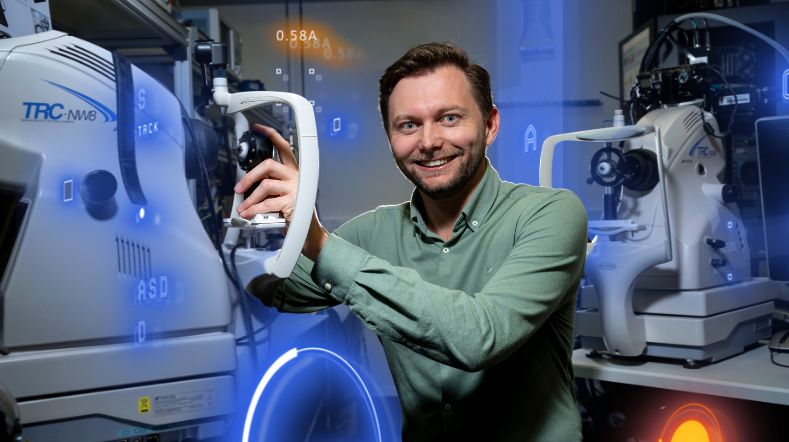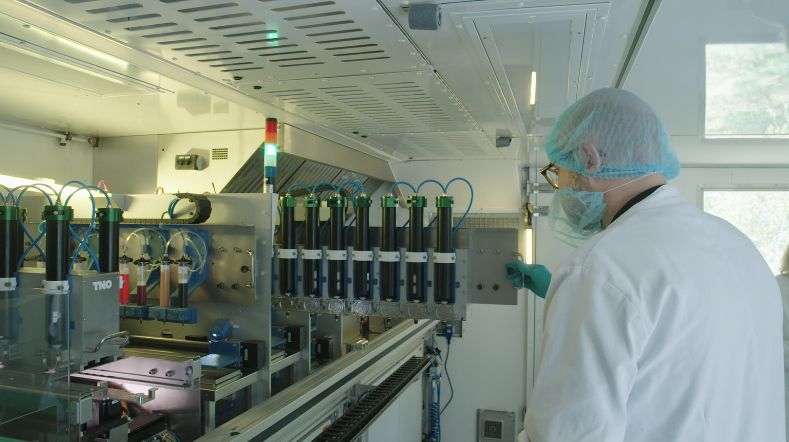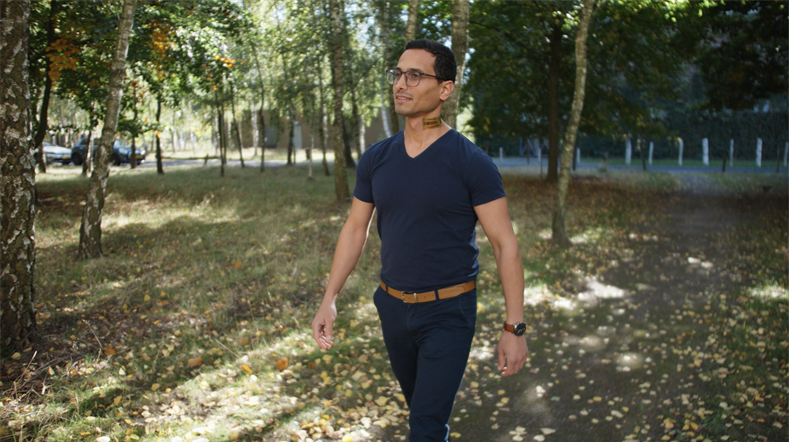
Time setters: wearables that monitor your health
At TNO, we make a mark on our time. In this series, you’ll meet the TNO employees behind the innovation – the time setters. What do they do exactly and what impact does their work have on society? In this episode, we talk to time setter Shavini Stuart, researcher in wearables- hybrid printed electronics, about using wearable devices for health benefits.
What does a wearable device do?
‘We focus on the possibilities of integrating different sensors such as for measuring your heart to wound monitoring to improve possibilities in medical diagnosis and monitoring.’
'A smart watch does not have the same capabilities as the wearables being created', Shavini explains. This has to do with the fact that the wearables are in close contact with the skin. Then there is also the location. The measurements from the writst aren't as accurate as a measurements from other parts of the body. The sensors used for our measurements investigate possibilities for higher quality than the ones that are available on the market today.
Nursing versus wound monitoring sensors
Some wounds are very hard to heal. Some have a healing process from months to maybe years. Nurse practitioners base their treatment plan on snapshots of visual observation and touch based strongly on experience. 'The Wound Monitoring sensors give you real time data of how your wound is progressing over time for improved support for decision-making and 24/7 care.' Shavini explainsins.

The Wearables we create give us an indication of when an infection may occur at an earlier point. An alarm could then ring and indicate that you should go to the hospital. Which means, less check-ups in the hospital, less side effects due to early treatment and less need for severe treatments for a patient.
Building up a sensor
Shavini uses hybrid printed electronics (HPE), which give the wearables the flexibility, stretchability and the comfort in wearing. Through the use of HPE there is increased design freedom and faster iterations within research possible to improve understanding between the interaction of wearable devices with people. Each layer of a wearable device is optimized dependent on medical use-case and results provide improvements for the next generation of wearable healthcare devices.
Become a time setter at TNO
Would you like to work on innovations that you can really use to create the future? If so, become a Time Setter like all TNO employees and make your mark on our time. This is our time.
Get inspired
Developing accurate and inclusive medical devices


3D printed food: the future of personalised nutrition


TNO develops ultrasound patch for organ monitoring


TNO launches digital health spin-off AIKON Health for wearable monitoring


UK MasterChef winner Tim Anderson experiments with 3D printed pasta




